In the John Fairchild interview I shared a few days ago, he shows the interviewer a spread of images taken at a party by Frederick Eberstadt. This reminded me of all of the wonderful party photos by Eberstadt that appeared in the society pages of publications like Women’s Wear Daily and Town & Country in the 1960s—even when printed tiny and many together in a jumble (as is the aesthetic of a society page even today, just look at Tatler), his black and white images stand out. More enigmatic, there is a romance to his party photos that marks them out from the more clinical festive images usually published; as Barbara Goldsmith writes in that interview, the people in his photos appear “velvet and supersleek.” I can always tell his photos if I’m quickly leafing through an old magazine.
Perhaps the reason they are so different is because he was one of them, a true member of society and not an interloper photographer on a job. As the son of Ferdinand Eberstadt—“America's financier extraordinaire” who helped restore confidence in banking after the 1929 crash, was Chairman of the Army and Navy Munitions Board and Vice Chairman of the War Productions Board during WWII (his war production strategy is credited with shortening the war by one full year), and was an important policy advisor to the government—Frederick grew up in New York City and on an 80-acre estate on Long Island (now Target Rock National Wildlife Refuge, managed by United States Fish and Wildlife Service), surrounded by luxury and all that money could buy. With a difficult relationship with his controlling father, Frederick chose to go another direction; after the war (where he was a dry-land sailor stationed in South Carolina) and some time at Princeton (he dropped out several times and never graduated), he got a job in the then new media of television working at NBC as a show unit manager.
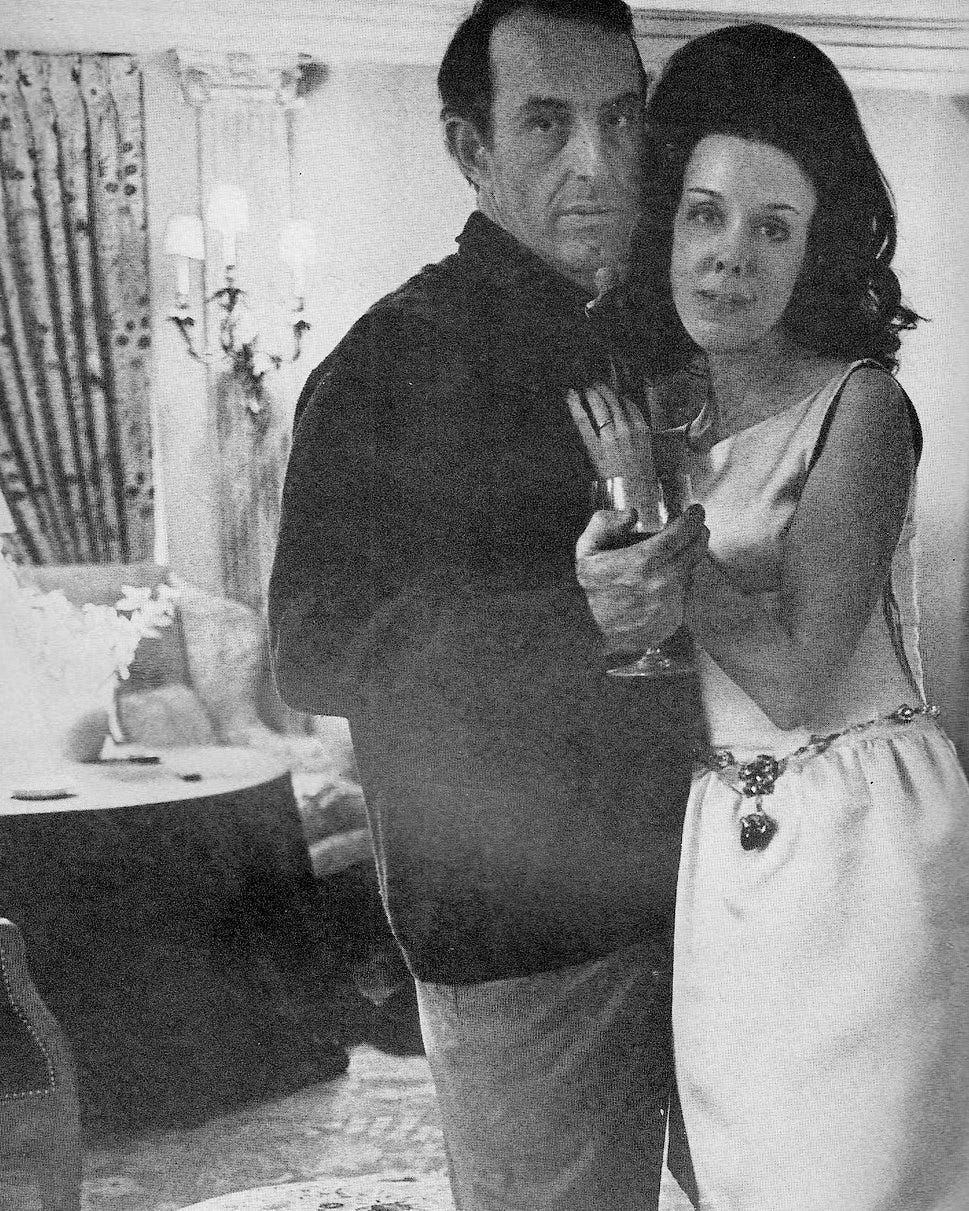
In 1954, after a two-month courtship, he married Isabel Nash, the daughter of poet and writer Ogden Nash. Stylish and unconventional, Isabel and Frederick cut a dash through New York society for decades. While at a party in 1957, he got chatting with Richard Avedon and, on a whim, told him that if he ever needed an assistant, to call him. Several months later he did. At 31, a husband and father, Eberstadt left NBC to become one of Avedon’s assistants; he later also assisted Hiro. Becoming a photographer, it made sense that he would photograph their world—high society, yes, but also the young artists they supported. Isabel was one of Warhol’s earliest fans, becoming one of his main muses and strongest supports throughout the wild ride of the Sixties, even appearing in two of his films. Every one of her outfits was breathlessly documented in WWD as the couple stepped out to every event in town, uptown and downtown, with Frederick’s camera in tow. Based out of a twelve-room Park Avenue apartment (which Frederick sold after Isabel’s death for $6.7m), over five decades together they raised their two children, Isabel wrote, and Frederick moved his career from fashion photography to photojournalism before a depressive episode in his late 50s led him to retrain as a psychotherapist.
Around seven years ago I reached out to him and he invited me over to his elegant Upper East Side apartment, where he pulled photos out from deep in cupboards to share with me. I borrowed some of the original prints to scan and to write about for a piece for a website that is no longer online, so I thought I would share them again with you. As far as I know, these were all unpublished. I do not know what event or events these were taken at, or even the year—some have names labeled on the back, others are blank. Under the flicker of candlelight, these are ghosts of a world long past.





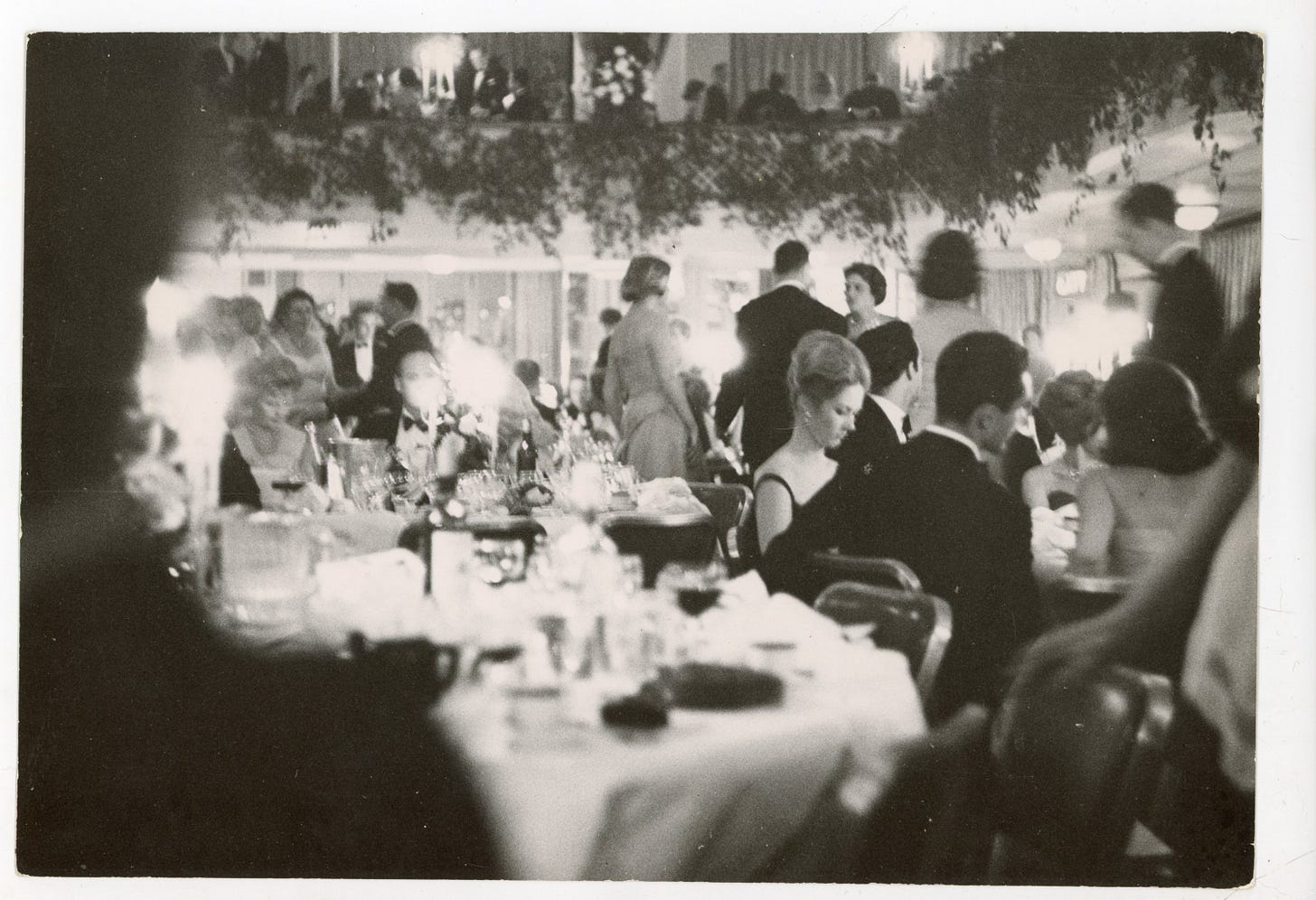
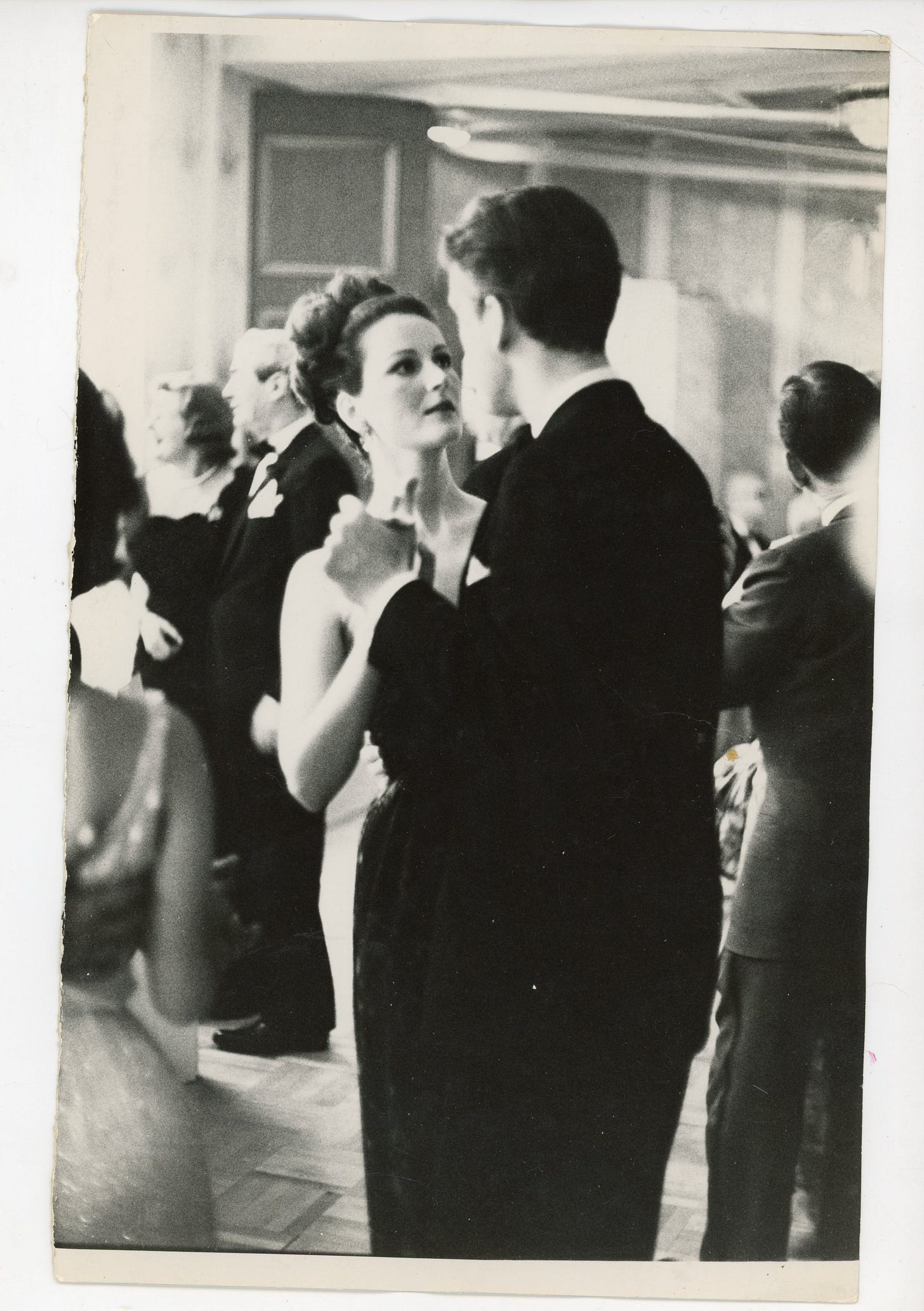
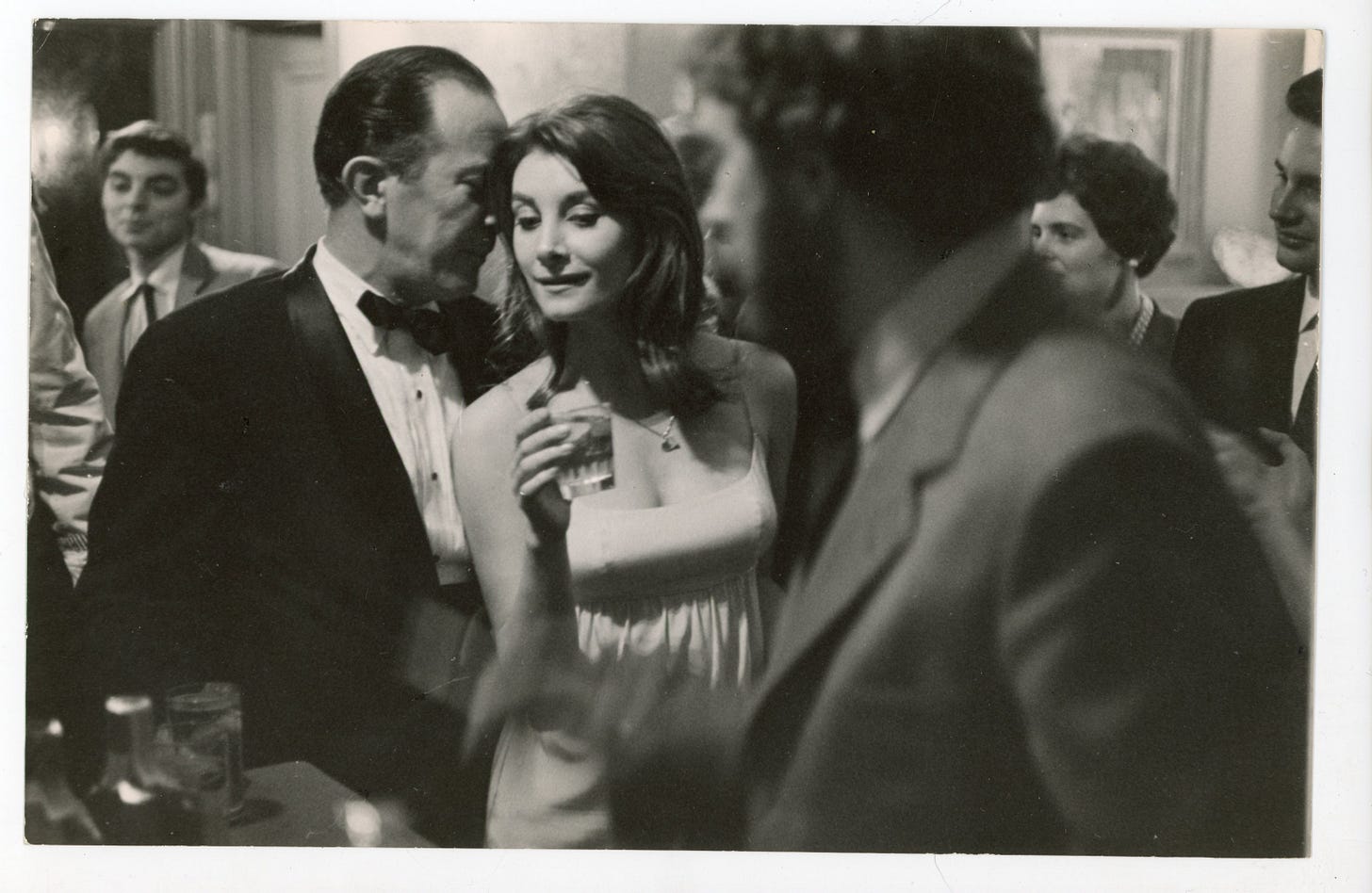
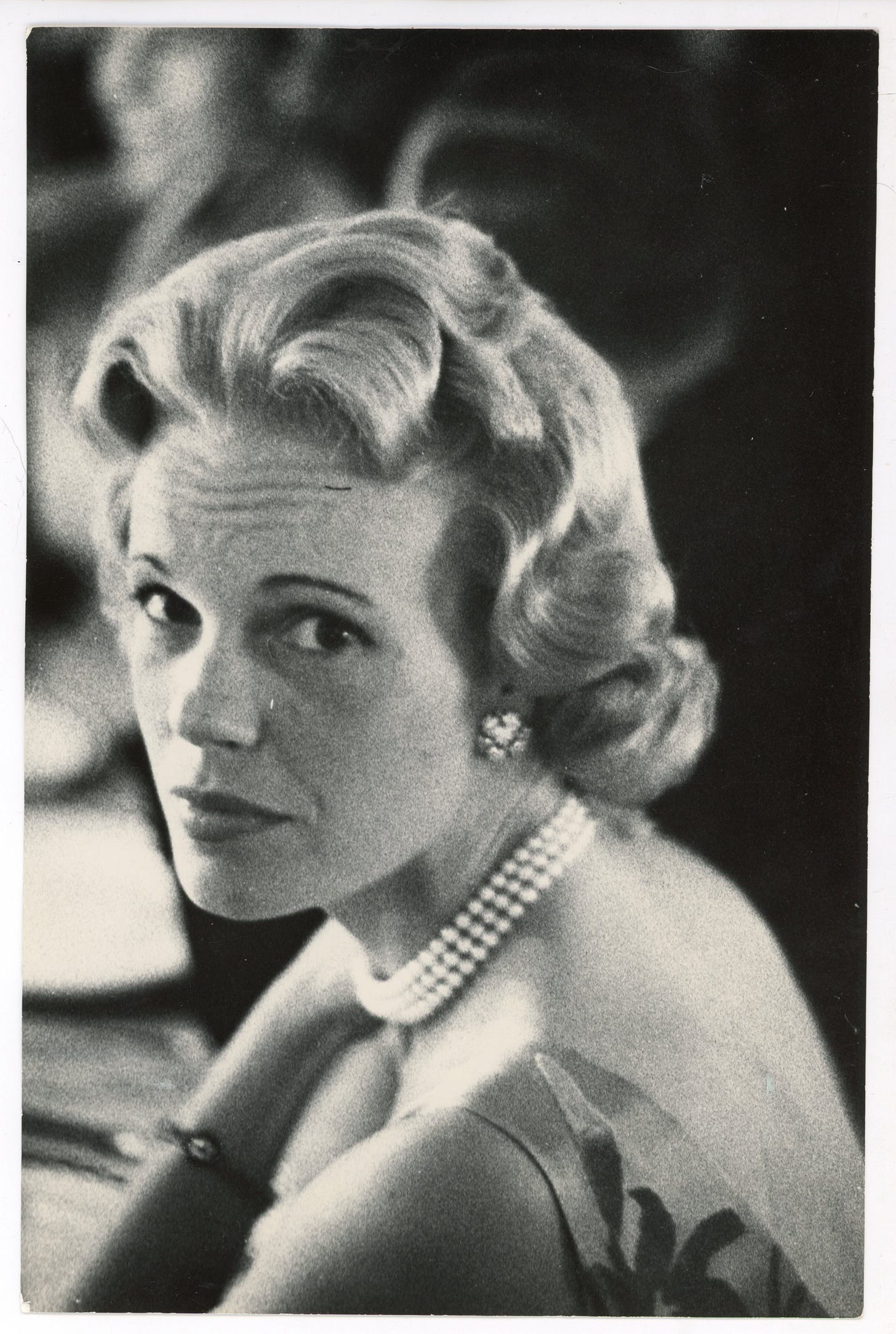
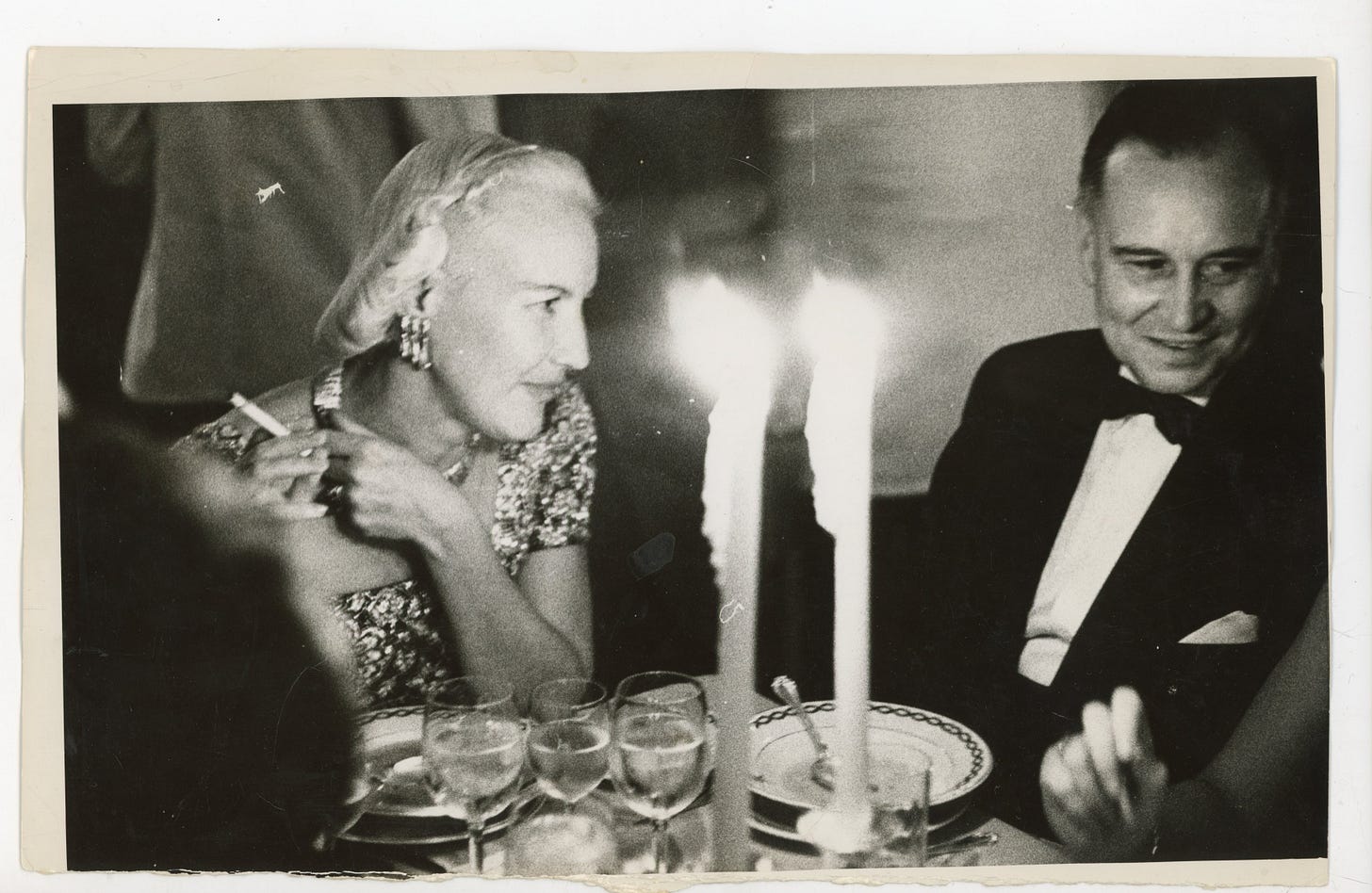
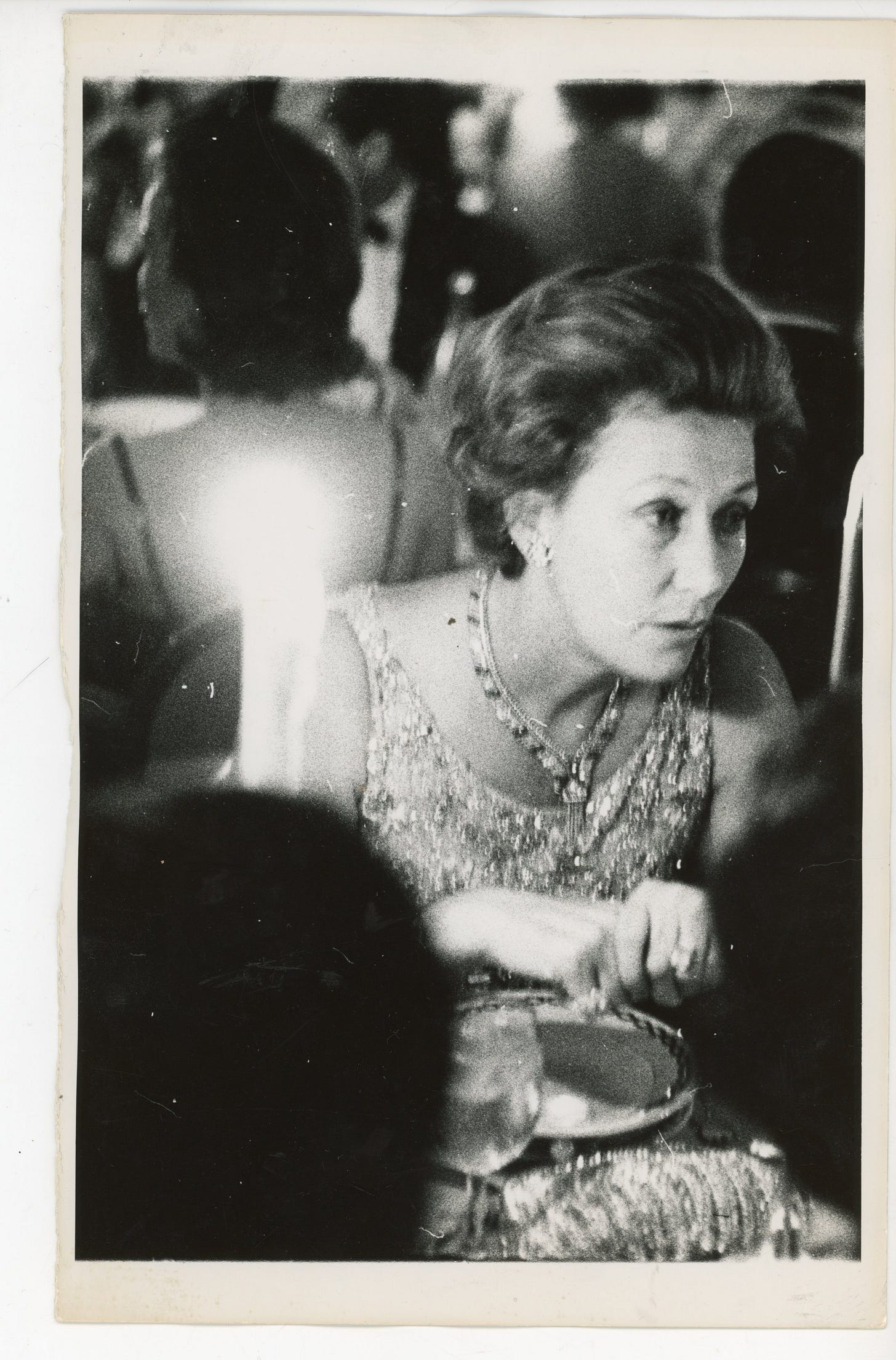

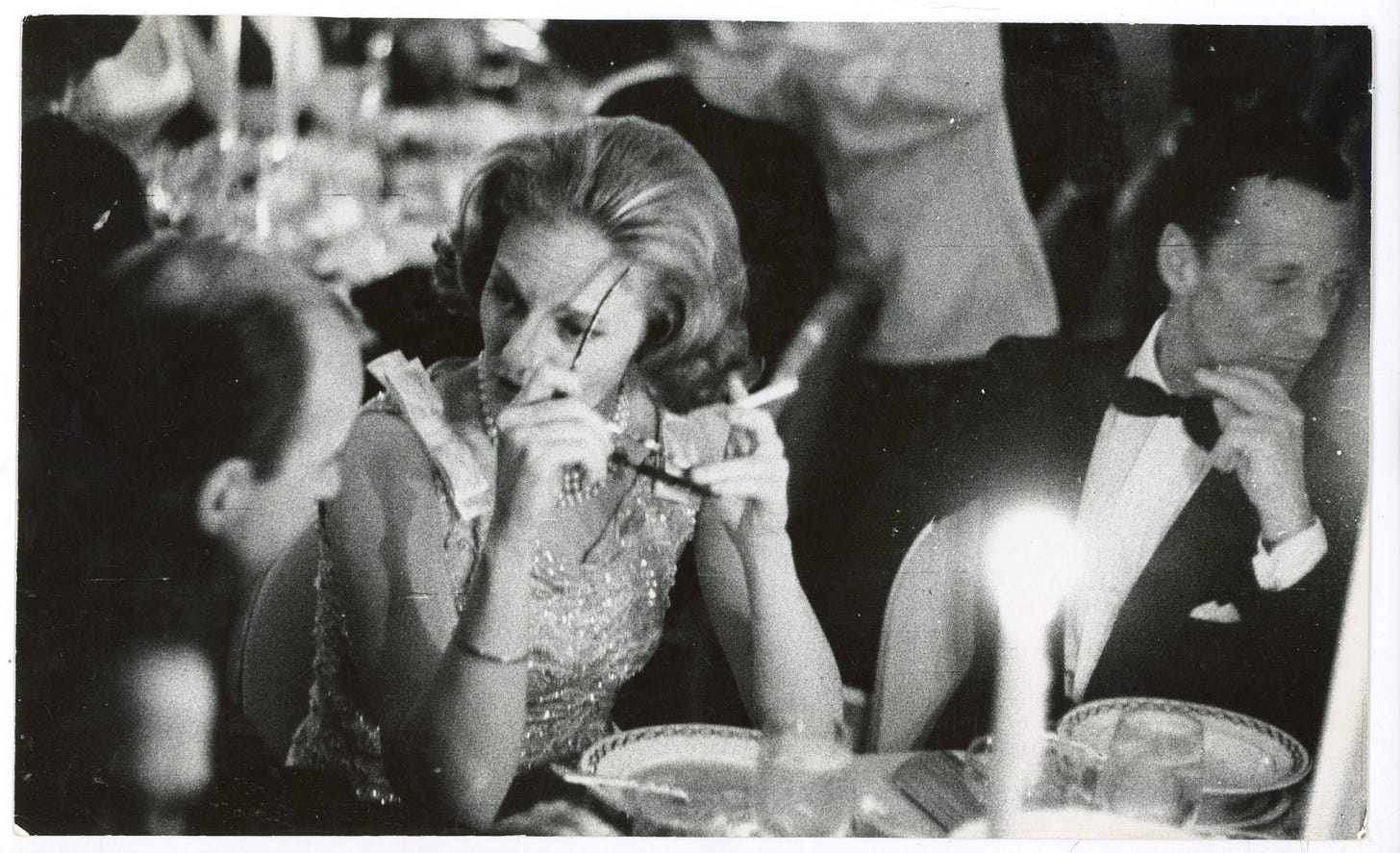
is that a young Jean Marsh (British Actress) 6 pics up holding cocktail? WOW!
Wow how amazimg you met him & he allowed you to borrow some photographs ❤